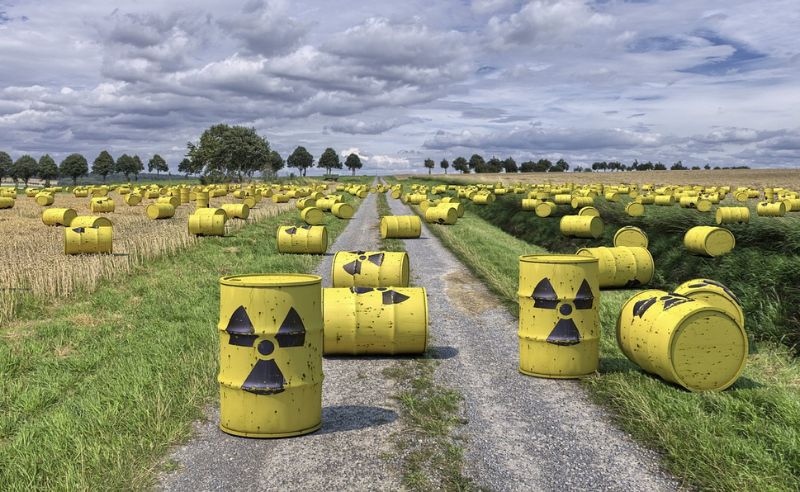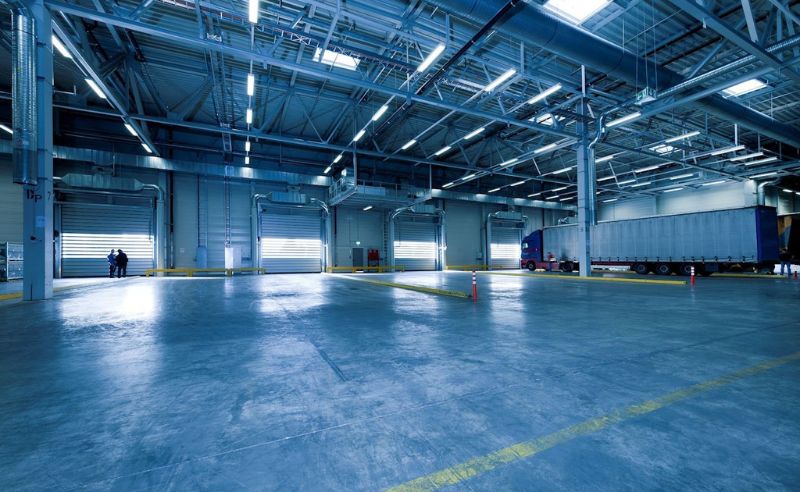Waste Drums

Proper waste management is a crucial task at both household and industrial level. Its importance lies not only in its environmental impact, but also in its social and economic implications.
Using kraft drums is a sustainable option that contributes to reducing environmental impact. Complying with current rules and regulations is essential to avoid penalties and contribute to the sustainability of the environment.
Types of waste drums
Plastic drums
Plastic drums are popular because of their light weight and resistance to chemicals. They are recyclable and are commonly used for household and certain light industrial waste. Their durability and versatility make them ideal for a wide range of applications.
Metal drums
These drums are known for their durability and resistance to high temperatures. They are mainly used for industrial waste and hazardous products, offering increased protection against extreme conditions. Their robustness ensures a long service life, even in demanding environments.
Bidones de fibra
Made from biodegradable materials, fibre drums are an environmentally friendly option. They are lightweight and are used for organic and recyclable waste management. Although less durable than plastic or metal drums, their low environmental impact makes them a preferred choice for certain uses.
Important characteristics of waste drums
Capacity
The drums come in various sizes, such as 30L, 60L, 120L, and 240L. Choosing the right size depends on the type and volume of waste to be managed. It is essential to select a drum that fits the specific needs to maximise efficiency and minimise the risk of overflow.
Materials
The choice of drum material is crucial to ensure suitability for the type of waste. Plastic drums are ideal for liquid and chemical waste, while metal drums are preferable for hazardous waste. Fibre drums are ideal for organic waste.
Design and functionality
A good drum should have an airtight lid to prevent odours and spillage. Handles and wheels make it easy to transport, and clear labelling makes it easy to identify the type of waste contained. These features are essential to ensure efficient and safe waste management.
Rules and regulations
The management of hazardous waste is subject to strict regulations due to its potential environmental impact and risk to public health. These regulations are designed to ensure the safe and proper handling, transport and disposal of this type of waste.
Local and European regulations
In Spain, hazardous waste management is regulated at both national and European level. Law 22/2011, on waste and contaminated soils, establishes the legal framework for waste management in the country, aligning with European directives such as Directive 2008/98/EC on waste.
These regulations dictate the obligations of companies and individuals regarding the classification, storage, transport and disposal of hazardous waste.
Classification and labelling
Hazardous waste must be correctly classified and labelled according to its nature and hazardousness. Labelling must include information on the type of waste, its associated risks and the necessary precautions for its handling. This is crucial to ensure safety during all stages of waste management.
Storage
Hazardous waste must be stored in dedicated containers, such as metal or sturdy plastic drums, designed to prevent leaks and chemical reactions.
These containers must be clearly marked and located in safe and adequately ventilated areas, away from sources of ignition or incompatible materials.
Transport
The transport of hazardous waste is subject to strict regulations including the use of authorised vehicles and the presentation of specific documents, such as the Waste Identification Document (DIR).

Transporters must comply with road safety regulations and be trained to handle hazardous waste emergencies.
Disposal and treatment
Hazardous waste must be disposed of in authorised facilities with appropriate technology to safely treat and neutralise these wastes. This may include incineration processes, chemical or biological treatment, and confinement in special landfills designed for hazardous waste.
Certifications and audits
Companies that generate or manage hazardous waste must obtain certifications attesting to compliance with current regulations. In addition, they are subject to regular audits to ensure that appropriate safety and environmental management standards are maintained.
Compliance with these regulations is not only essential to avoid legal sanctions, but also to protect the environment and public health.
Use and maintenance of waste drums
The proper use and maintenance of waste drums not only ensures efficient and safe waste management, but also contributes to the sustainability and protection of the environment.
Cleaning and disinfection
Regular cleaning of drums is essential to prevent the proliferation of bacteria and bad odours. It is recommended to disinfect drums regularly using products suitable for each type of material. The use of specific disinfectants ensures that waste does not contaminate the environment or cause health problems.
Repair and recycling
In case of damage, it is important to repair the drum immediately to ensure its functionality and to avoid leakage or spillage. If the drum is beyond repair, it should be properly recycled.
Many plastic and metal drums can be recycled, contributing to waste reduction and environmental care. Kraft drums, due to their biodegradable nature, can be composted or recycled, depending on their previous use.
Adequate storage
Correct storage of drums is crucial to prolonging their life. They should be stored in dry and ventilated places, away from heat sources and incompatible chemicals. Drums for hazardous waste require special storage conditions to prevent accidents and ensure their integrity.
Safe handling
Safe handling of drums is essential to avoid accidents. Wearing appropriate personal protective equipment (PPE), such as gloves and safety goggles, minimises risks during waste handling.
In addition, it is important to follow the manufacturer’s instructions on filling and emptying drums to ensure their safe and efficient use.
Labelling and labelling
Maintaining clear and visible labelling on each drum is essential to quickly identify the type of waste contained. This helps to avoid confusion and ensures that waste is handled correctly. Labels should include information on the contents, associated hazards and necessary precautions.
Innovations and trends
New materials
The waste management industry is embracing environmentally friendly and biodegradable materials for the manufacture of drums. These new materials reduce environmental impact and offer sustainable alternatives to traditional drums.
Waste management technology
The integration of technology into drums, such as filling sensors and tracking systems, is revolutionising waste management. These innovations enable more accurate monitoring and more efficient management, optimising resources and reducing costs.
Choosing and using waste drums correctly is essential for efficient and responsible waste management. The right drum not only makes waste management easier, but also makes a significant contribution to environmental protection and compliance with current regulations.
If you need personalised advice, please do not hesitate to contact our experts. We are here to help you find the best solution for your waste management needs.